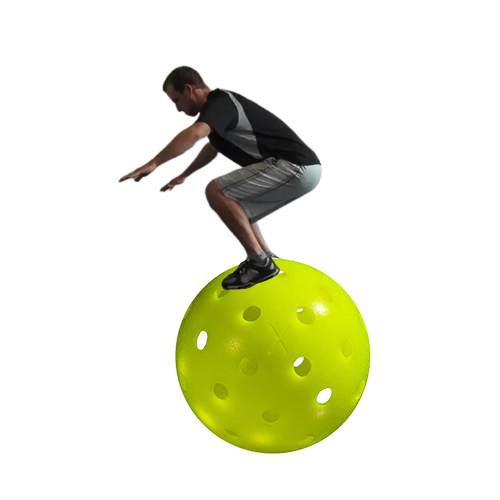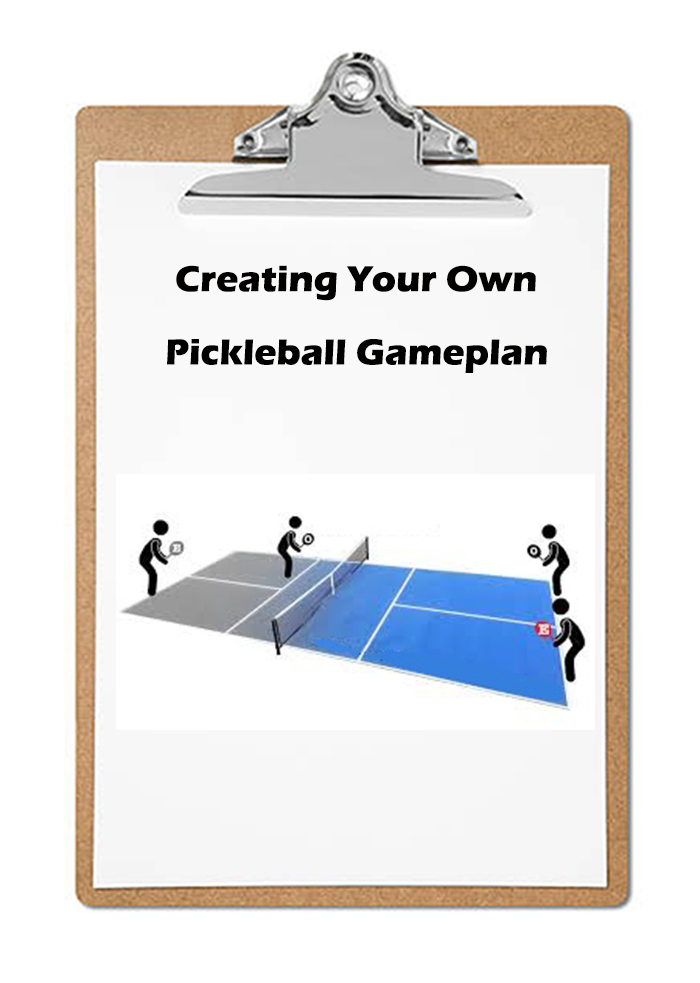Mastering Topspin Dinks in Pickleball
Unlocking the Power of Topspin Dinks in Pickleball
Topspin dinks change the game in pickleball. They offer unmatched control and placement. These dinks elevate a player’s game beyond basics. They allow for precise control, making shots hard to return. With topspin, the ball travels faster and dips quicker, disrupting opponents’ rhythm. It adds a new layer to your game. Topspin dinks can turn defense into offense, giving you an advantage.
Learning topspin dinks requires understanding their mechanics. It’s about finesse and timing, not just power. East’s method focuses on paddle positioning, movement, and body engagement.
For players aiming to improve, mastering these dinks is crucial. They make your shots unpredictable and challenging to return. Whether in tournaments or friendly matches, they add strategic depth to your game.
Read on for a deeper dive into techniques and tips. We’ll cover everything you need to know, from paddle positioning to the perfect swing. Make topspin dinks a key part of your arsenal.
The Fundamentals of Topspin Dinks
At the heart of a topspin dink lies the paddle’s initial position. Starting below the ball is key. A fluid, low-to-high swing generates the necessary spin.
- Starting Low: Your paddle begins beneath the ball. This is essential for topspin.
- Upward Swing: A low-to-high movement ensures optimal spin.
- Consistency Over Wristiness: Steady paddle motion is crucial. Avoid too much wrist action.
Paddle Angle Mastery
Paddle angle is critical for topspin dinks. Imagine your paddle at a ‘7 and 2’ position on a clock face. This angle helps maintain control and spin.
- 7 and 2 Alignment: Maintain this paddle angle for consistent topspin.
- Engaging Your Body: Topspin dinks also require proper body movement. Getting low aligns your body for an effective low-to-high paddle motion.
- Use Your Legs: Legs help generate upward force, adding to the spin and control.
Executing the Topspin Dink
Executing a topspin dink requires precision and strategy. From the kitchen line, the goal is to introduce spin by coming under the ball, rather than performing a flat dink. This technique not only pushes the opponent back but also offers a strategic edge.
The topspin dink starts with the right setup. Position yourself at the kitchen line, paddle ready. Instead of hitting the ball flat, angle your paddle to come under the ball. This movement is the key to generating topspin.
Why push the opponent back? A topspin dink forces the ball to bounce higher and land deeper in the court. This makes it harder for your opponent to return with an aggressive shot. It effectively disrupts their positioning and strategy, giving you control of the game’s pace.
The technique involves more than just paddle movement. Your body plays a crucial role too. Bend your knees slightly and stay on your toes. This stance allows you to quickly adjust your position and hit the ball with the desired topspin. The upward motion of your paddle, combined with a forward thrust, adds the necessary spin to the ball.
To master the topspin dink, focus on consistency. Practice hitting the ball with the right amount of spin and power. Aim for the deep part of the kitchen, challenging your opponent to hit a weak return. With time and practice, the topspin dink will become a vital part of your strategy.
Benefits of Topspin
Topspin transforms the pickleball game, offering several advantages. It compels the ball to descend faster, creating unique offensive opportunities. This effect challenges opponents, making it difficult for them to predict and return shots effectively.
One significant benefit of topspin is how it affects the ball’s trajectory. The spin forces the ball to dip quickly, reducing the opponent’s time to react. This rapid descent is particularly useful in pickleball, where positioning and time are critical.
Moreover, topspin shots are harder to counter. They tend to bounce higher off the court, complicating the return for opponents. This can lead to weaker returns, setting you up for a more aggressive follow-up shot. Essentially, topspin can shift the momentum in your favor.
Offensively, topspin dinks open the door to advanced strategies. They allow players to maintain pressure, keeping opponents at the back of the court. This positioning advantage can be crucial in winning points and controlling the game flow.
Topspin also enhances your shot variety, making your game more dynamic and unpredictable. By mastering topspin dinks, you can add depth to your shot selection. This variety keeps opponents guessing and can force them into making mistakes.
Mastering topspin demonstrates technical skill and strategic thinking. It’s a sign of an advanced player who can manipulate the ball to their advantage. Incorporating topspin into your game not only improves your performance but also your understanding of pickleball dynamics.
Topspin offers a competitive edge by making the ball descend faster, challenging opponents, and creating offensive opportunities. Its benefits extend from changing the game’s pace to enhancing strategic play, making it a valuable skill for any pickleball player.

Creating Topspin
Getting under the ball is crucial. The friction between the paddle and the ball generates spin.
Tips for Effective Topspin Dinks
Hitting the ball out in front and maintaining an athletic stance are key for offensive topspin dinks.
The Best Topspin Push Dink Drills
Drills can enhance your topspin dink technique. From stationary drills to partner exercises, practice makes perfect. Practicing this shot can significantly impact your game. It adds an offensive tool to your arsenal, enabling you to dictate play. A well-executed topspin dink is not just about defense. It’s a proactive move, setting you up for winning shots.
- Stationary Topspin Dink Drill: Begin by placing cones in the kitchen area to serve as targets. Stand in a stationary position at the kitchen line. Focus on hitting the ball with topspin towards the cones. This drill emphasizes precision and control, helping you master the feel of generating topspin from a static position. It’s excellent for beginners or as a warm-up for more advanced players.
- Moving Topspin Dink Drill: This drill adds movement to the challenge. Start at one end of the kitchen line and hit a topspin dink. Then, move laterally across the kitchen line, hitting topspin dinks at various points. This exercise improves your ability to generate topspin under different court positions and conditions. It simulates real-game scenarios where you must adjust your shot on the move.
- Partner Topspin Dink Exchange: Pair up with a partner for this drill. Stand opposite each other at the kitchen line. Take turns executing topspin dinks to each other, aiming to maintain a consistent rally. This drill enhances your ability to both deliver and respond to topspin dinks in a controlled manner. It also improves your reaction time and adaptability, crucial for competitive play.
Dinking Practice
Practicing these drills can significantly impact your game, adding a dynamic and offensive tool to your play style. A well-executed topspin dink is not just a defensive move; it’s a proactive strategy that sets you up for winning shots. Incorporate these drills into your practice sessions to master the topspin dink and elevate your game.
Topspin Push Dink Technique
Focus on placing the ball in challenging spots, not on power. This creates pressure on your opponent.
Topspin Backhand Push Dinks
Using topspin on the backhand side requires a specific technique for effectiveness.
Topspin dinks are not just a skill but a strategy that can significantly impact your pickleball game. With practice and the right approach, you can master this advanced technique, adding depth and versatility to your play.







